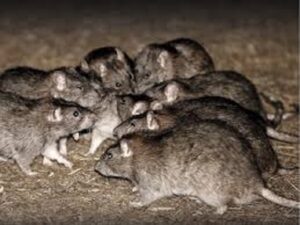
You have probably heard the idiom “as quiet as mice.” People say that because mice can be incredibly sneaky when present in a home. Being nocturnal creatures, they are active when most of us are asleep, making them very hard to detect.
Usually, when mice infestation becomes visible it has already become a big problem. The possible presence of mice in your home is not something to take lightly, warns RE/MAX Infinity Management, because:
- Mice are extremely destructive; they will chew on literally anything that’s hard enough to bite on. This could be paper, wood, plastic, rubber, insulation, aluminum, and even soft concrete.
- Mice are a fire hazard. If mice gain access to electrical wiring and gas lines in a home, they can chew through them. This puts the home in danger of a fire outbreak.
- Mice eat and contaminate your food. Mice will always find ways to get to stored food; this is a huge problem. But the bigger problem is that they contaminate ten times as much food as they eat.
- Mice cause disease. This either from people eating food contaminated by mice or by coming in contact with mice urine, droppings, saliva, or nesting material.
- Mice are a nuisance and they will embarrass you. Mice don’t know when you have important guests in your home. They will scurry across kitchen floors and give everyone a fright.
In case you have been seeing what you suspect are signs of mice in your home, but are not quite sure, this article will help you. With this unmistakable signs of mice-infestation, you will be able to decide if you need to call in the exterminator.
Top signs that you have mice living in your home
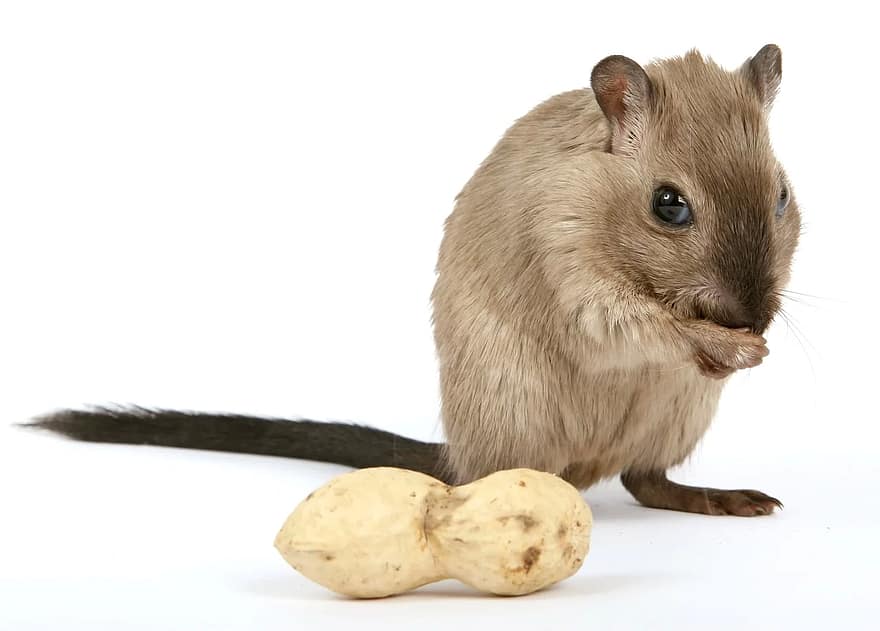
Droppings
A single adult mouse will leave between 50-80 droppings every night. Their droppings are usually found randomly scattered in places where there is food – the pantry, near cupboards, and inside drawers.
You may also find them under sinks, in hidden areas of the home and along rodent runways. The most amount of droppings will be found near nesting and feeding areas. Rodent droppings are fairly easy to identify. They are approximately 3 – 8 mm in length. Fresh dropping will be dark and moist, while old ones are gray, hard, and crumbly.
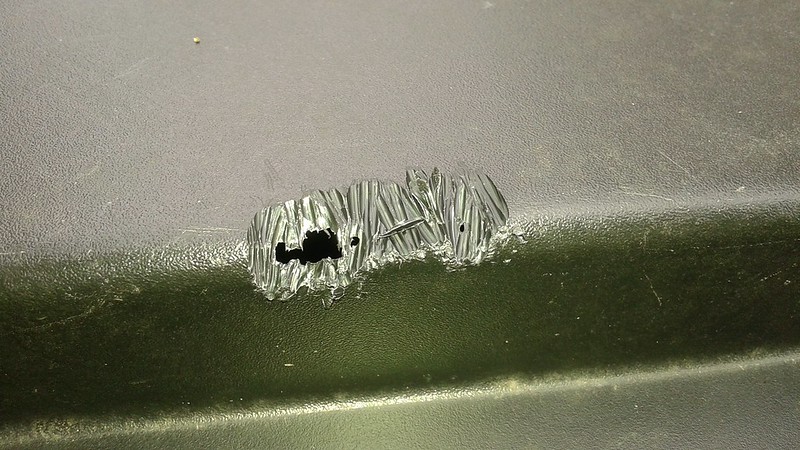
Gnaw marks
Mice leave marks on food packaging and the structures of a house when they chew on them. Mice do not necessarily chew on surfaces because they want to eat the material. Mice’s front teeth grow throughout their lifetime; they chew on hard surfaces to chisel their teeth and keep them short.
This is one reason why mice are so destructive. Mice also chew on stuff to get at food or gain access to a place. Fresh gnaw marks appear lighter in color. As they get older gnaw marks get darker. You can use the color of these marks to determine if you have an ongoing infestation or an old one. The size of the marks can also tell you if they were created by mice or rats.
Foul odor
Mice emit an odor. The stale smell of mice in a home is not always detected by humans, but cats and dogs will pick up these odors easily. Dogs and cats become excited and start nosing or running around the home when they detect mice.
Pay attention to an area if the pet starts pawing it, particularly, if it had no interest in that part of the house previously. You may also be able to detect the dank unpleasant smell of mice in hidden areas of the home. But this is usually after the infestation has become fairly large.
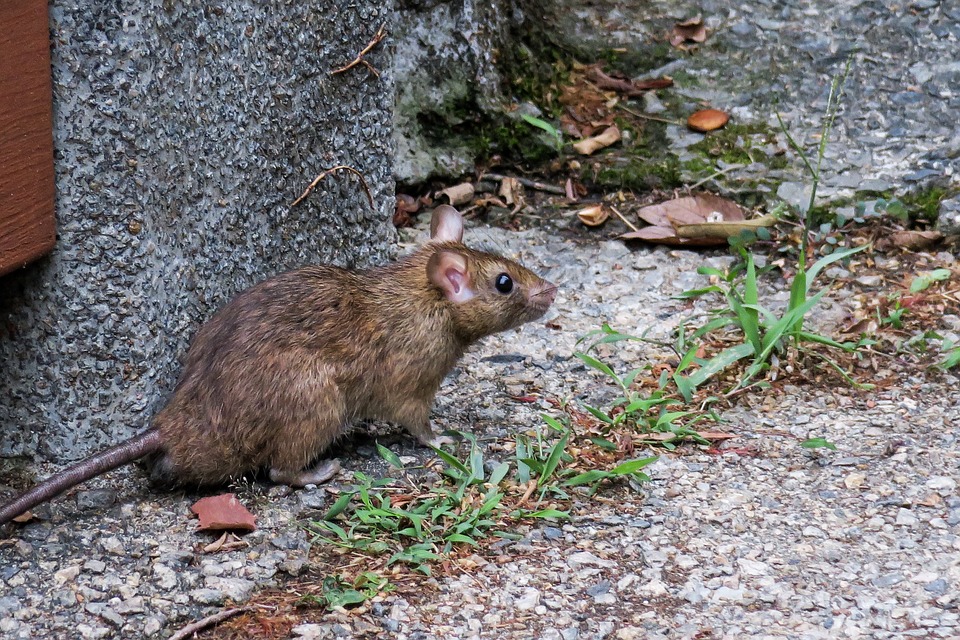
Rodent tracks and runways
Mice, after they enter a home, will create paths to their most desirable destinations in the house. These are called runways and they will usually be marked out by droppings, urine stains, and smudge marks.
Depending on the type of surface in the area, there may also be footprints on the floor. Footprints on hard surfaces are harder to detect. To see them, hold a flashlight or backlight at an angle toward the area. If there are no visible footprints, spread a very thin layer of flour or baby powder on the floor overnight. By morning, if there are mice in the home, you should see evidence of it in the powder.
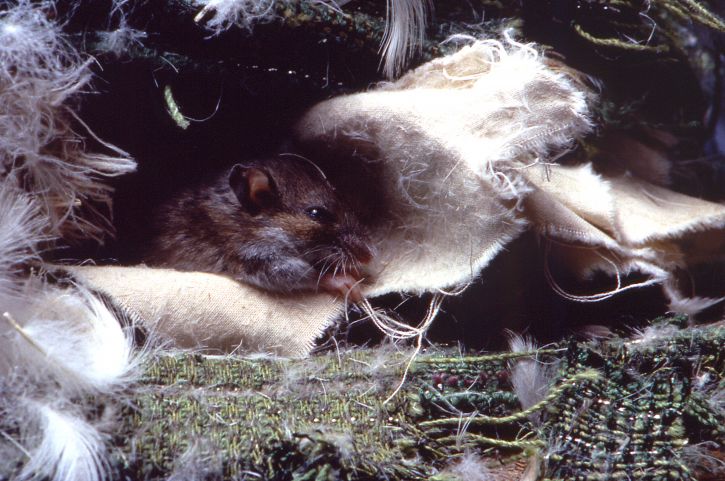
Mice nests
Mice use a variety of materials to make up their nests. Mice nests will often comprise of shredded paper, dried plant matter, and fabric. Favorite mice nesting sites include; storage spaces, bedding, insulation, torn furniture, and pantries.
Mice will also nest anywhere where there is lots of paper and fabric, as well as, in parts of the home that are rarely visited or disturbed. Even if you do not spot mice in your home, if you notice shredded paper or fabric, it usually means a mouse is already nesting inside the home.
What should you do if you find any or all of these signs? Contact an exterminator immediately!
